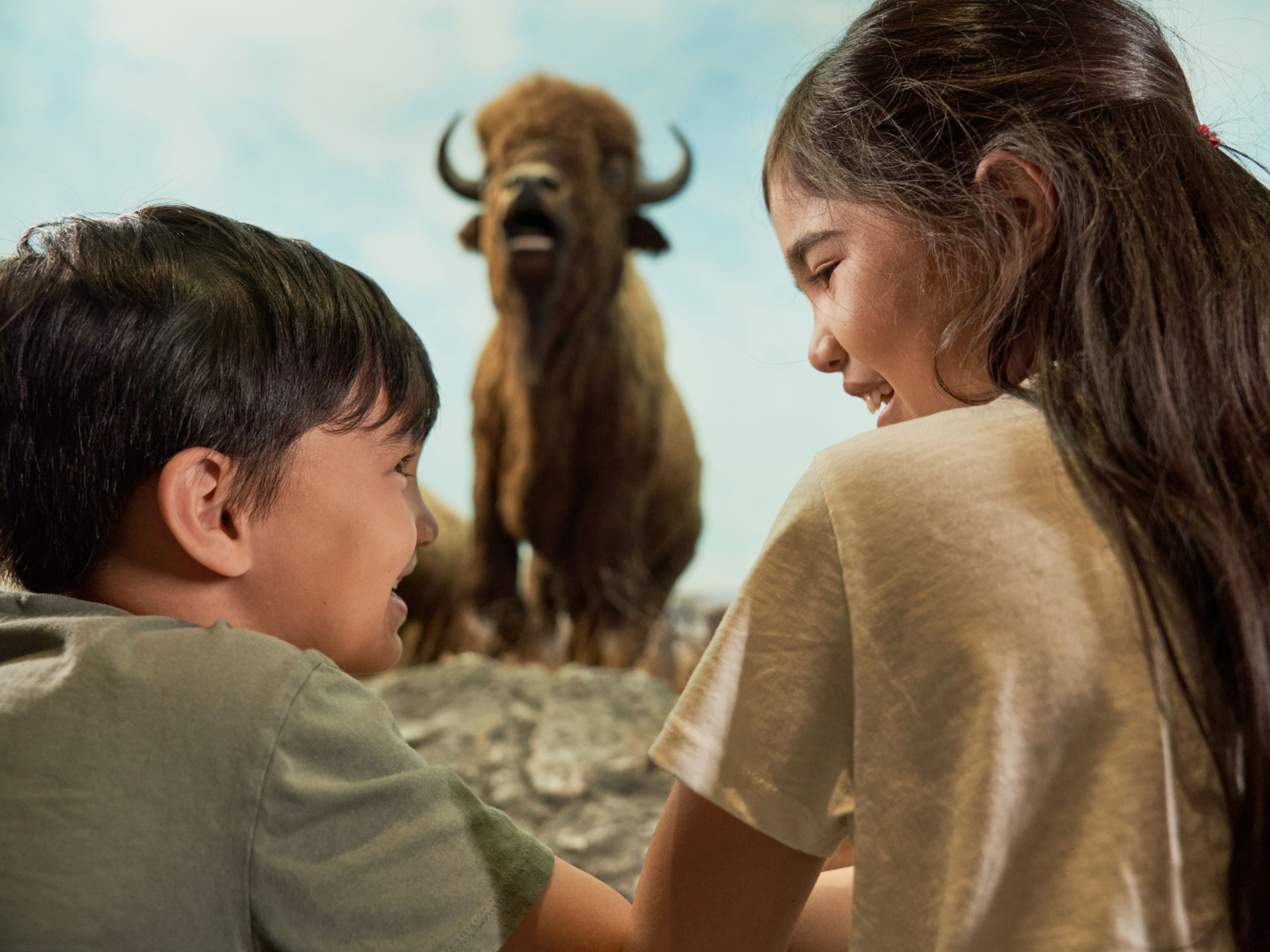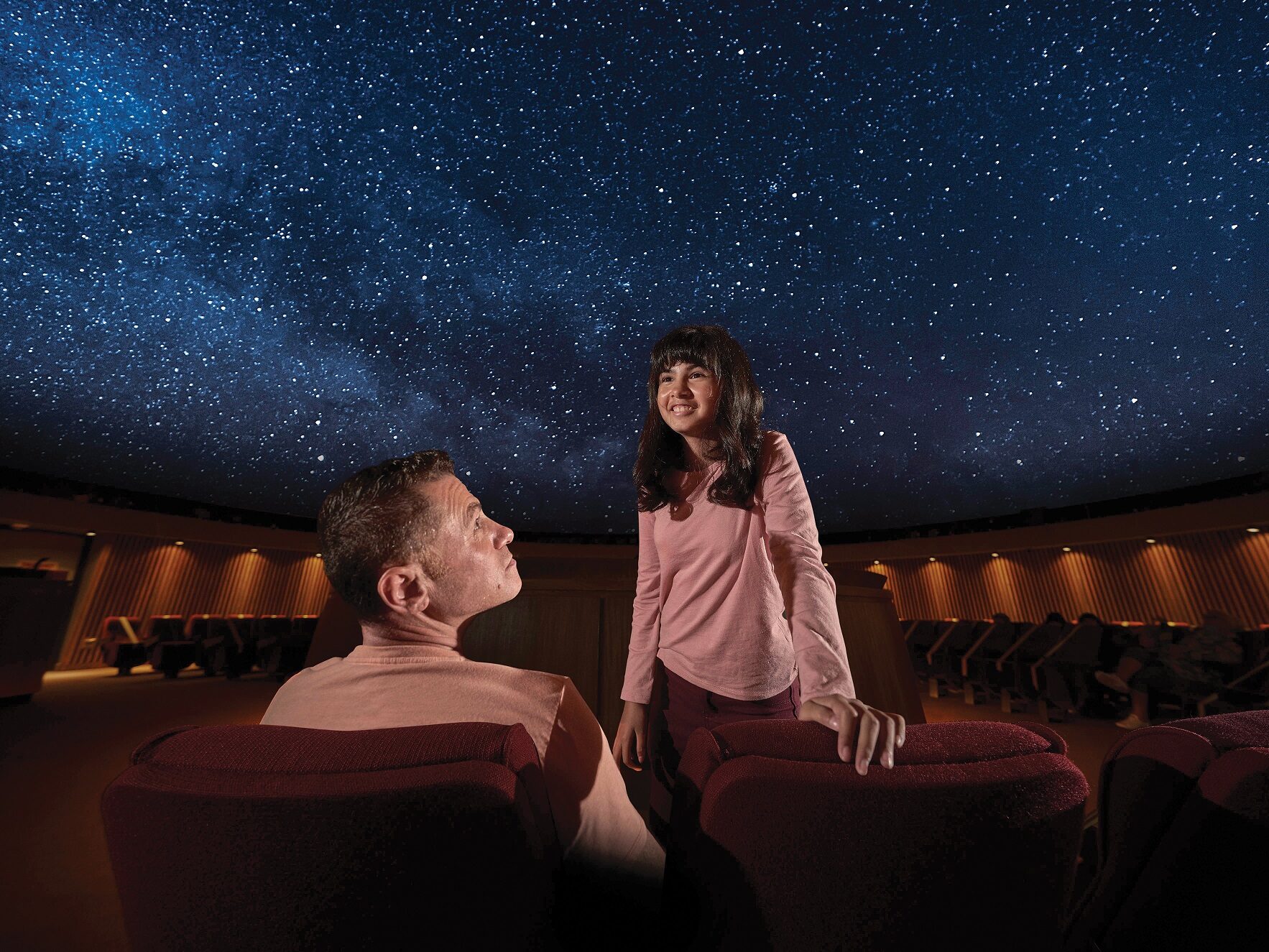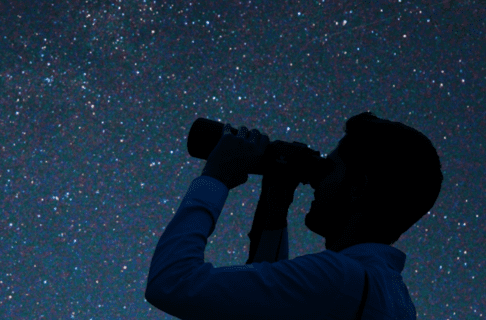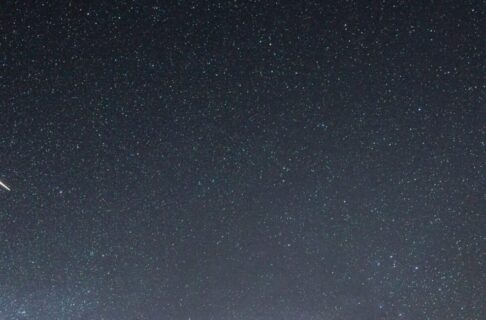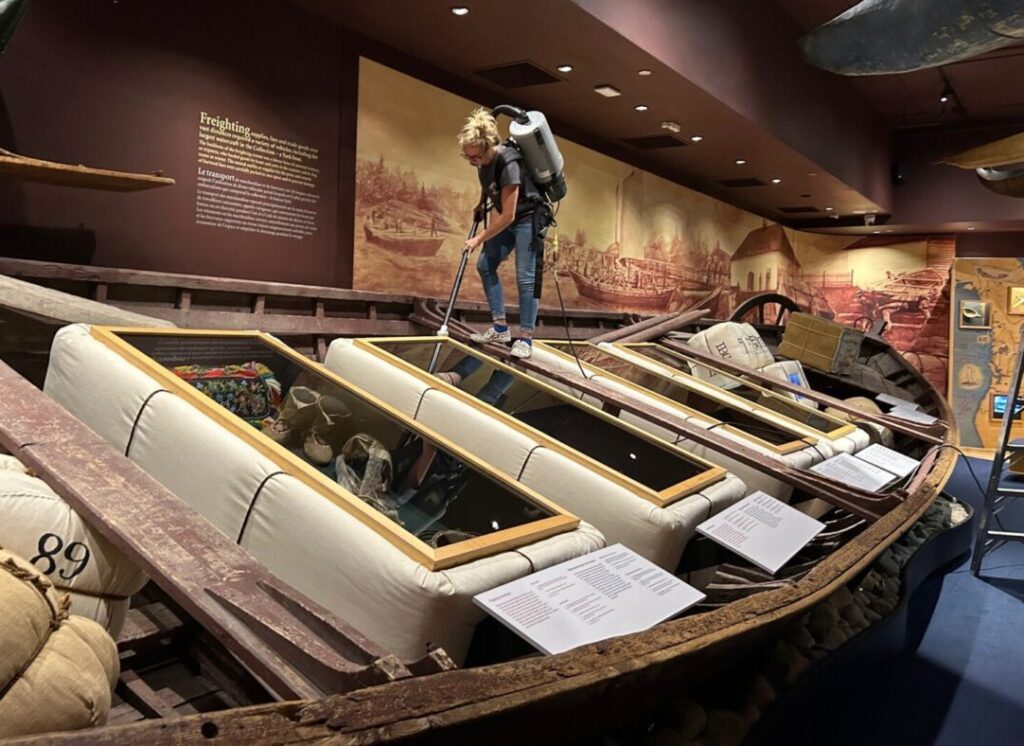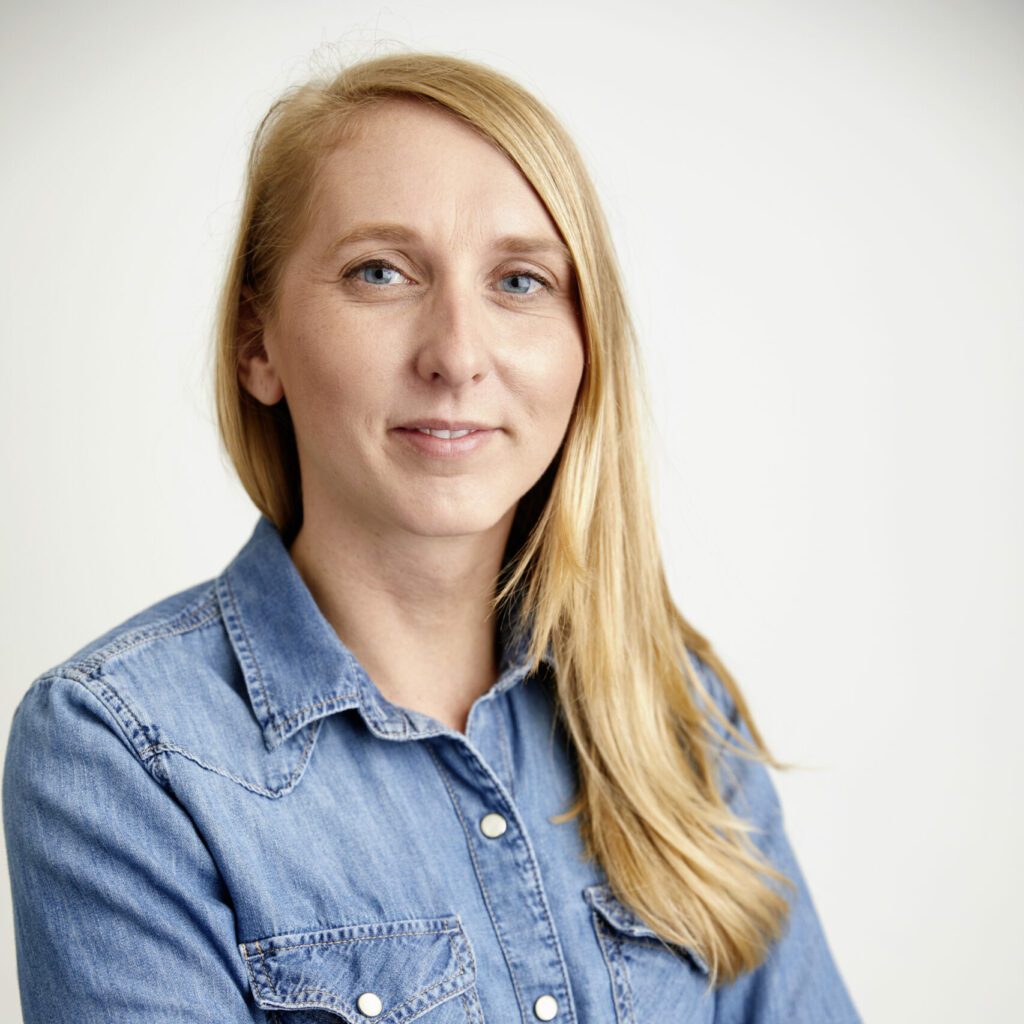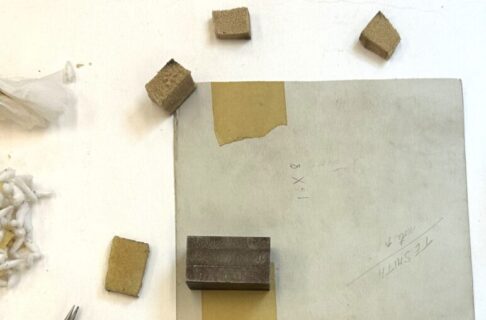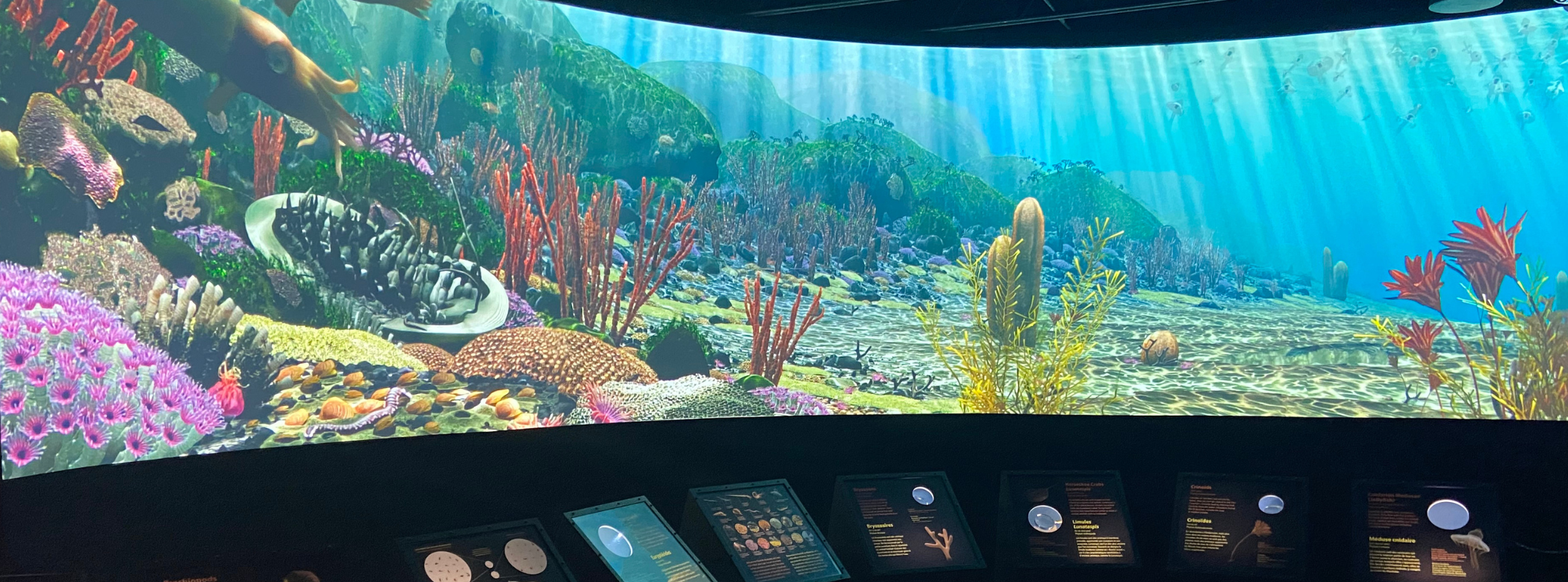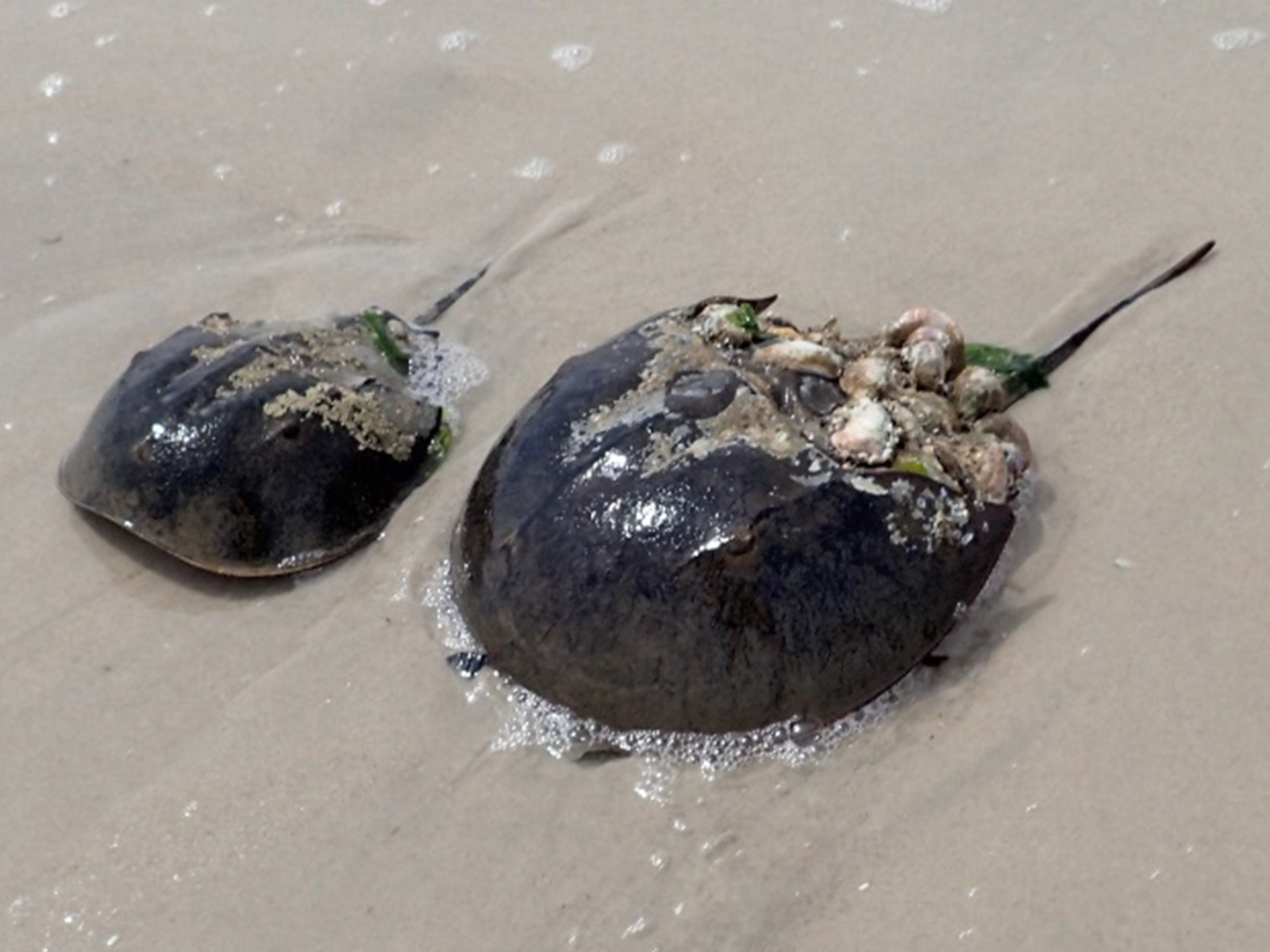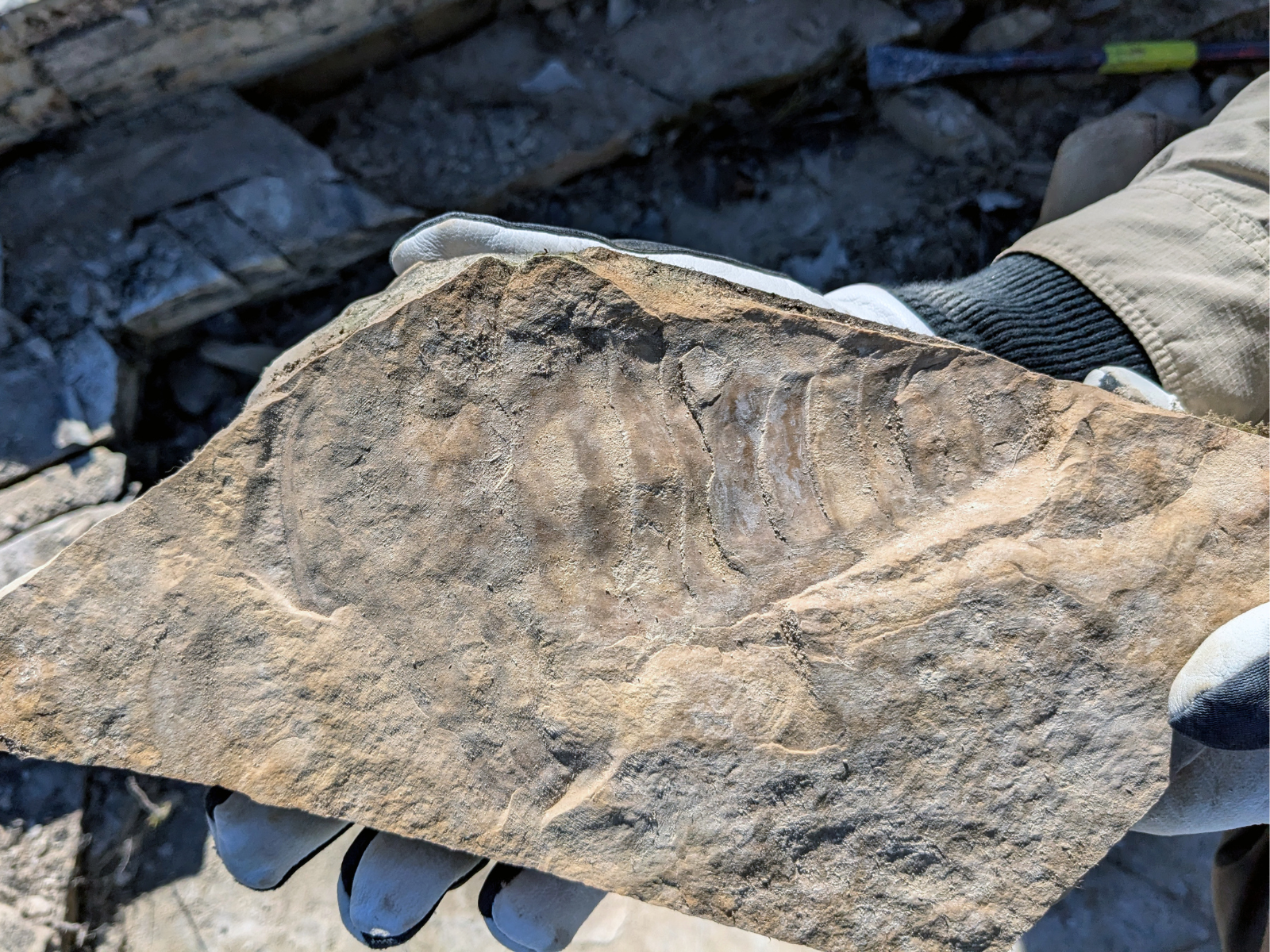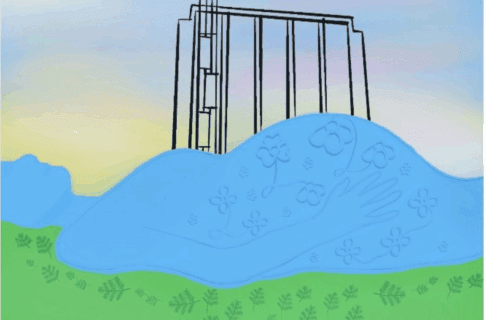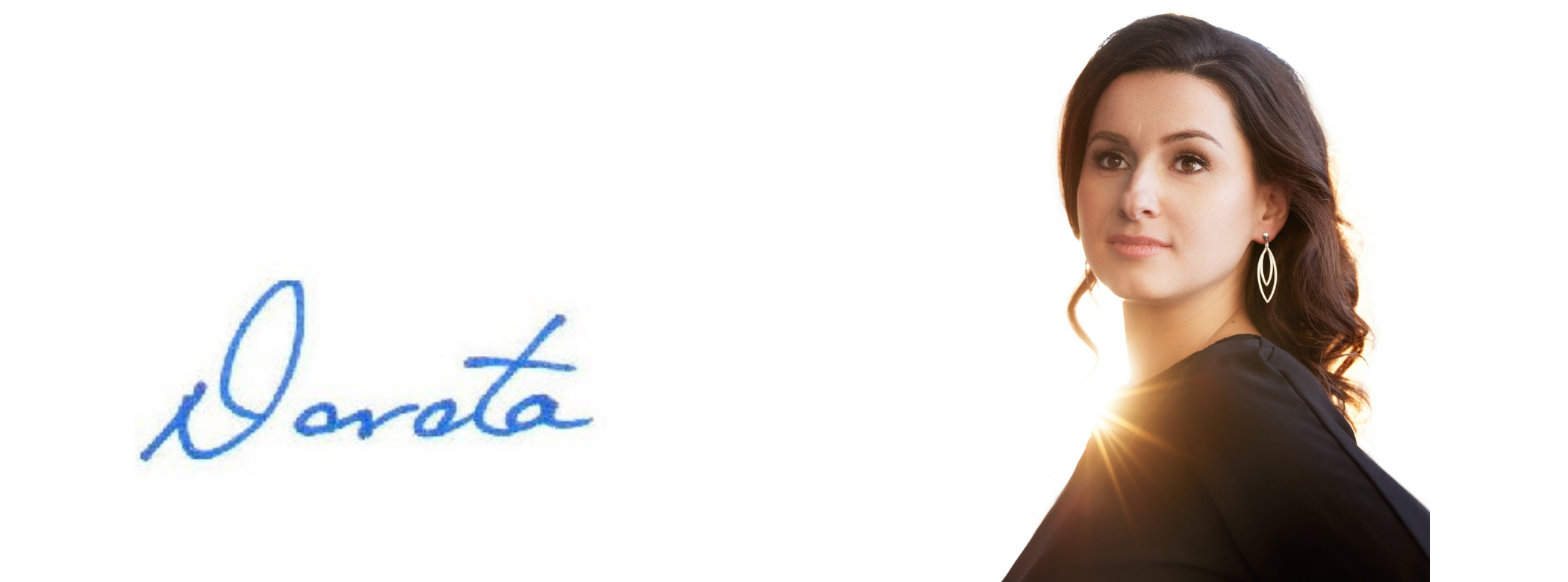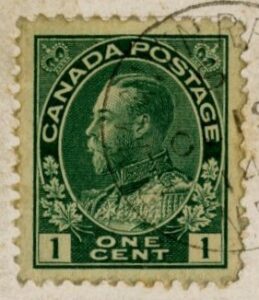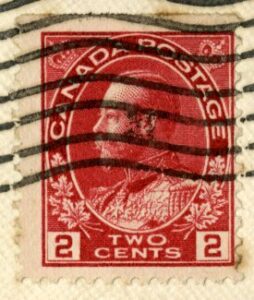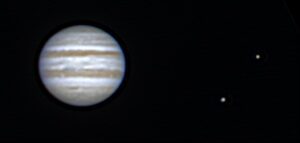All times are given in Central Standard Time (UTC-6), the local time for Manitoba. However, most of these events are visible across Canada at the same local time without adjusting for time zones.
Friday, Jan 3, 2025 (evening): The waxing crescent Moon is very close to Venus in the evening sky.
Saturday, Jan. 4, 2025 (evening): The crescent Moon is above Saturn in the evening.
Monday, Jan. 6, 2025: First Quarter Moon
Thursday, Jan. 9, 2025 (evening): The moon passes through the Pleiades star cluster, occulting many of its stars beginning about 6 p.m. CST. Watch with binoculars to see the Moon’s orbital motion in real time!
Thursday, Jan. 9, 2025 (evening): Venus reaches its greatest apparent distance from the Sun, making tonight theoretically the “best” night to see it. (It’s pretty much the same view for a week or more on either side of this date, though.)
Friday, Jan. 10, 2025 (all night): The waxing gibbous Moon is near Jupiter in the sky.
Saturday, Jan. 11, 2025 (evening): Venus begins to pass Saturn in the southwestern sky after sunset. The two planets are visible in the same field of view of typical 7×50 household binoculars. Over the next two weeks, Venus will slowly overtake and pass Saturn, which is slipping west into the sunset. They reach their closest approach on Jan. 18, 2025.
Sunday, Jan 12, 2025: Mars reaches its closest to to Earth for this orbit, almost 243 million km away. Like all planetary events, you won’t notice a difference between today and any other night this month because these distances change very slowly.
Monday, Jan. 13, 2025: The Full Moon eclipses Mars, an uncommon planetary occultation. For Manitoba, the Moon begins to cover Mars at 8:17 p.m. CST, slowly moving over the red planet over the course of about 40 seconds. About an hour later, the Moon uncovers Mars beginning at 9:04 p.m. CST (in Manitoba), again taking about 40 seconds to complete the reveal. Note that these times are different for different locations across Canada; consult a site like In-the-sky.org for local details, but make sure you start observing a few minutes before the predicted times – sometimes sites like these don’t take into account minor details like the elevation above sea level or the slight out-of-roundness of the Earth.
Thursday, Jan. 16, 2025: Mars reaches opposition, the position in the sky opposite our Sun. This and its closest and brightest for the year always occur within a few days of each other, and also mean that the planet is visible all night long.
Friday, Jan. 17, 2025: Mars forms an almost straight line with the stars Castor and Pollux in Gemini. Castor (the top-most star) is a pure white colour, while Pollux is more yellow. Both contrast with Mars-ruddy orange colour. The alignment persists for a day or so after this date as well.
Sunday, Jan. 19, 2025 (evening): Saturn and Venus are at their closest point as they pass each other in the southwestern sky after sunset (see entry for Jan. 11).
Tuesday, Jan. 21, 2025: Last Quarter Moon
Saturday, Jan. 25, 2025: Nothing special. Literally, there is no significant difference between the planets this day and on any other day this month. The online stuff you have read about a “cosmic convergence” or “parade of planets” is completely made up. Yes, the planets appear to be in a line as seen from the Earth, but that’s true on every day of every year because the solar system is roughly a plane and we are one of the planets in the plane. It’s like saying that on a certain date, all the cars on the highway will be lined up, with none of them above or below ground level: it’s technically true, but completely meaningless.
Wednesday, Jan. 29, 2025: New Moon
Friday, Jan. 31, 2025 (evening): The thin crescent Moon is below Saturn, very low in the southwest after sunset.
